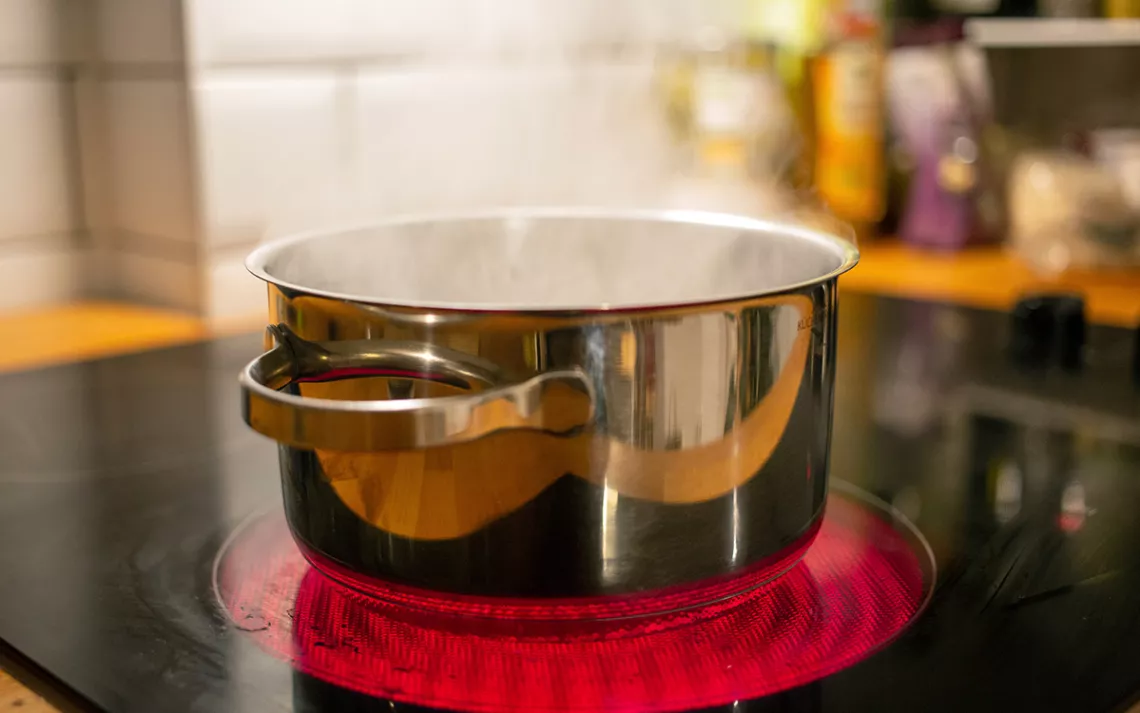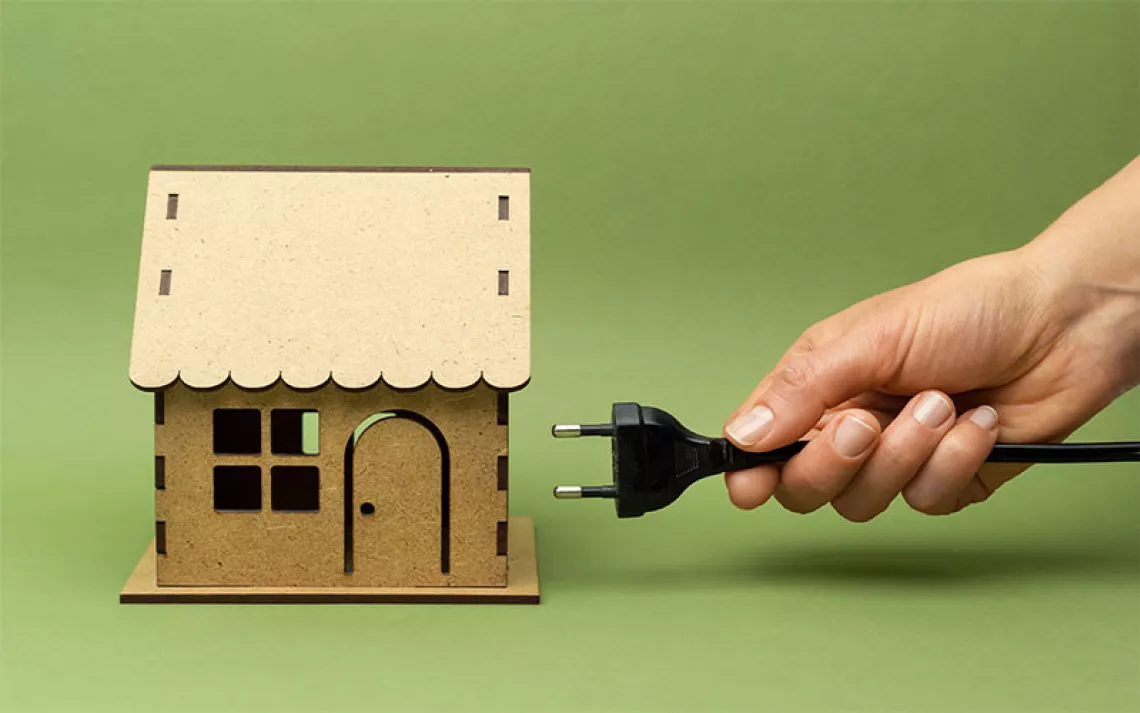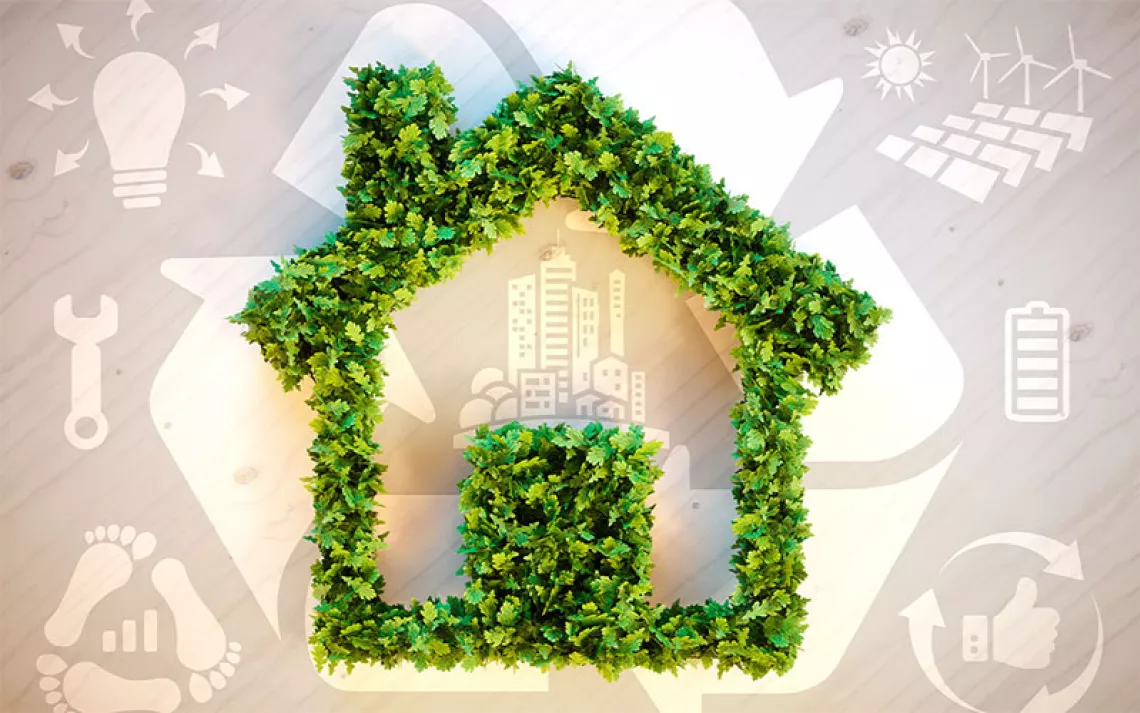How You Can Ditch Your Dangerous, Dirty Gas Stove
There are plenty of rebates for electric models

Photo by Fernando Gutierrez-Juarez/picture-alliance/dpa/AP Images
By now you’ve probably heard about the simmering controversy surrounding gas stoves. Contrary to the claims of conservative pundits, politicians, and fossil fuel lobby and front groups, the federal government is not planning any kind of ban on the fossil fueled kitchen appliance. But if you have one, you should consider ditching your old gas anyway.
There is ample scientific evidence to support regulating gas stoves in the interest of public health. A recent peer-reviewed study found that nearly 13 percent of childhood asthma in the United States is associated with exposure to indoor air pollutants from the use of gas stoves. Numerous other studies have concluded that gas stoves are a major source of indoor air pollution and can release harmful chemicals like cancer-causing benzene even when not in use. Gas stoves are also problematic from a climate standpoint. Methane, the primary component in gas, is a potent greenhouse gas. According to one study, annual methane emissions from all the gas stoves in the United States have a climate impact comparable to that of 500,000 cars.
The good news is that there are excellent alternatives to cooking with gas. Even better: with new electrification incentives becoming available this year, the process of converting to an electric stove is likely to be more affordable than ever before.
“I think the argument is strong for getting an electric or induction model given the health and climate issues with gas stoves,” Noah Goldmann, policy analyst with the nonprofit electrification advocacy group Rewiring America, told Sierra.
Traditional electric stoves use electricity to directly heat a coil or heating element. More high-tech induction stoves apply electricity to generate a magnetic field for heating cookware. The latter stove type is more efficient, which means it can cook food faster, is easier to control temperature, and offers a relatively safe and seamless cooking experience. The catch is that induction costs more upfront, with some models priced upwards of $2,000.
So, how can you ditch your dirty and dangerous gas stove and get an electric or induction stove? Here are some tips.
Leverage the IRA’s “Electric Bank Account”
Federal and/or state rebates can help trim the costs for upgrading to an electric or induction stove. With the passage of landmark federal climate legislation last year, there are now billions of dollars allocated toward energy efficiency and clean energy. This includes incentives for consumers to ditch fossil fuels and go electric by, for example, purchasing an electric vehicle or installing a heat pump or an electric stove in their home. Rewiring America describes it as an “electric bank account.”
The relevant program in the Inflation Reduction Act for electrifying home appliances is called the High-Efficiency Electrification Home Rebates (HEEHRA) program. It offers up to $14,000 in point-of-sale rebates for low- and moderate-income consumers to electrify their homes. The program covers 100 percent of upfront costs, up to a maximum amount, for low-income residents, and 50 percent of costs for moderate-income residents. For stoves, the maximum rebate is $840. So, for low-income households, the cost to install an electric or induction range is covered 100 percent, or up to $840 amount (whichever is less). For moderate-income consumers, it is covered 50 percent or up to $840.
Beyond the price of the stove itself, there may be additional costs to upgrade your electrical panel or circuitry to accommodate an electric stove. Most induction stoves require a 240-volt outlet, which is different than the standard 120-volt electrical outlet. Fortunately, the electrification rebates through the IRA may also help cover the costs of upgrading a kitchen outlet. The rebate for electric wiring is up to $2,500, and for upgrading your electrical load service center or panel, the rebate is up to $4,000.
In addition to IRA rebates, there may be local or state programs offering incentives for swapping out gas appliances and installing electric ones. Marin County, California, for example offers rebates for upgrading from gas to electric appliances, including induction ranges.
While such incentives can help ease some of the costs of converting to an electric stove, costs can still run in the thousands of dollars, especially if you’re looking to get an induction stove. John-Michael Cross, project manager for the Access Clean Energy Savings program at the Environmental and Energy Study Institute, recently reflected on his personal experience transitioning from gas to an induction stove. He spent over $2,500 just for the stove purchase, and the electrical upgrades and plugging of the old gas line were additional expenses.
“The IRA rebates will be a big help for accessibility, though we'll need to wait to see how each state will administer its individual program,” Cross told Sierra in an email. “There is a lot of work to be done to make sure these dollars are relatively painless to access and will go to the households most in need of these upgrades.”
Cross said people interested in getting an electric or induction stove should also check with their electric utility to see what incentives may be available. “These aren't common, but some utilities are offering rebates of $200-500 for switching away from gas stoves.”
What About Renters?
If you’re a renter, unfortunately your options are more limited. “It’s harder to electrify if you’re a renter,” Goldmann said.
Let’s say you can’t convince your landlord to replace your gas stove. A good alternative to relying on the gas stove in your apartment is to invest in a portable induction cooktop, which typically costs in the $50-$100 range, depending on size. You can also take these portable devices with you when you move, and there may even be incentives available for the purchase of induction cooktops. Consider other ways to avoid turning on your stove. Electric kettles, for example, are a great way to boil water—and they don’t require combusting gas in your living space.
According to Rewiring America, the IRA also includes incentives geared toward landlords for energy retrofits of apartment buildings. “We encourage renters to start that conversation with their landlords, educate them on the incentives available,” Goldmann said.
For renters or others who may not be able or wanting to abandon their gas stoves, using ventilation (e.g., turning on the stove fans) when cooking is one way to help reduce indoor air pollution. “For those currently with gas stoves, the most important thing is to vent the kitchen to the outside air, especially when cooking,” Cross said.
For those who do have the means to upgrade to induction cooking, Cross said he highly recommends going for it. “I have not met anyone who made the switch to an induction stove and regretted it,” he said.
 The Magazine of The Sierra Club
The Magazine of The Sierra Club



